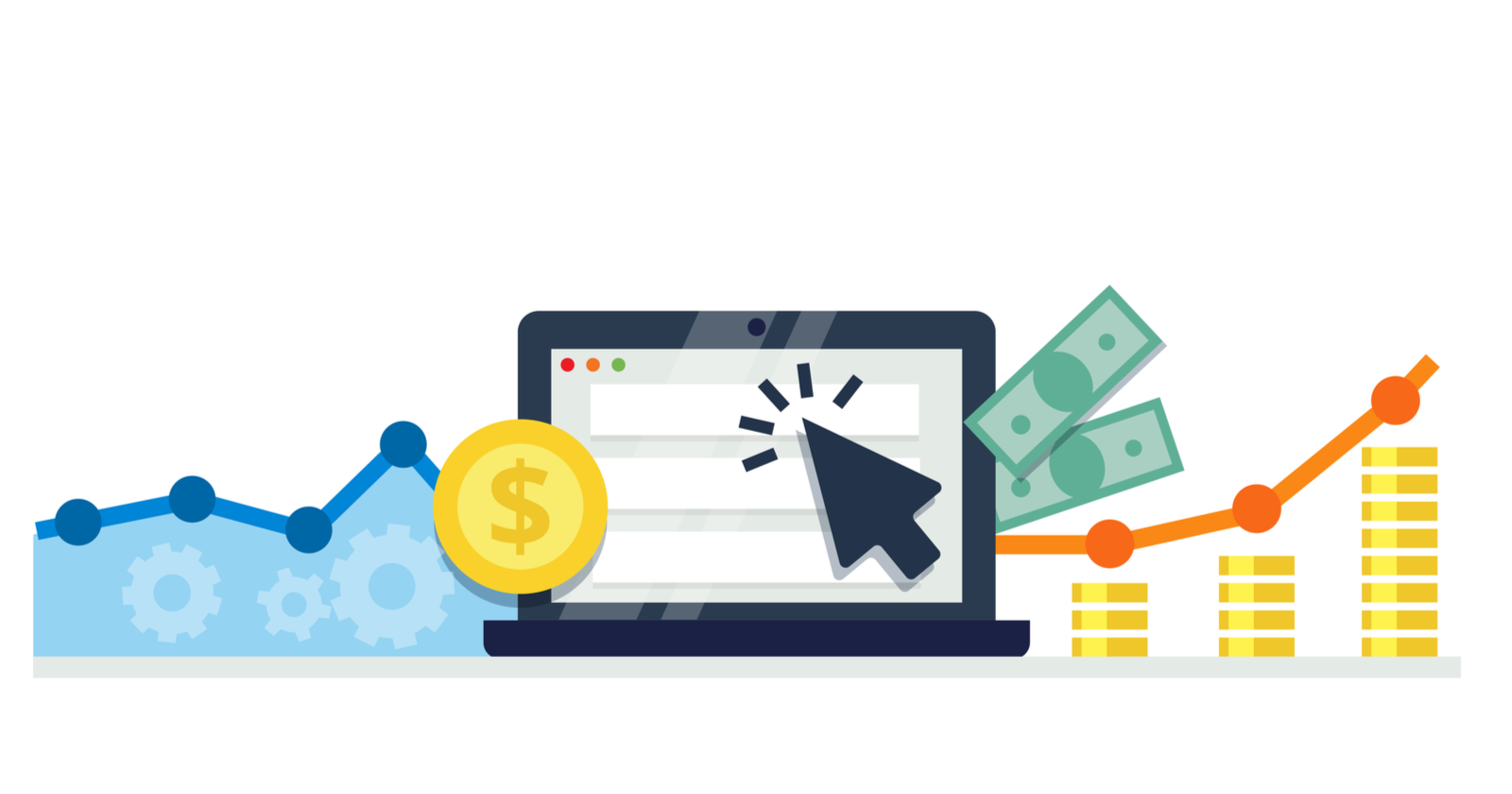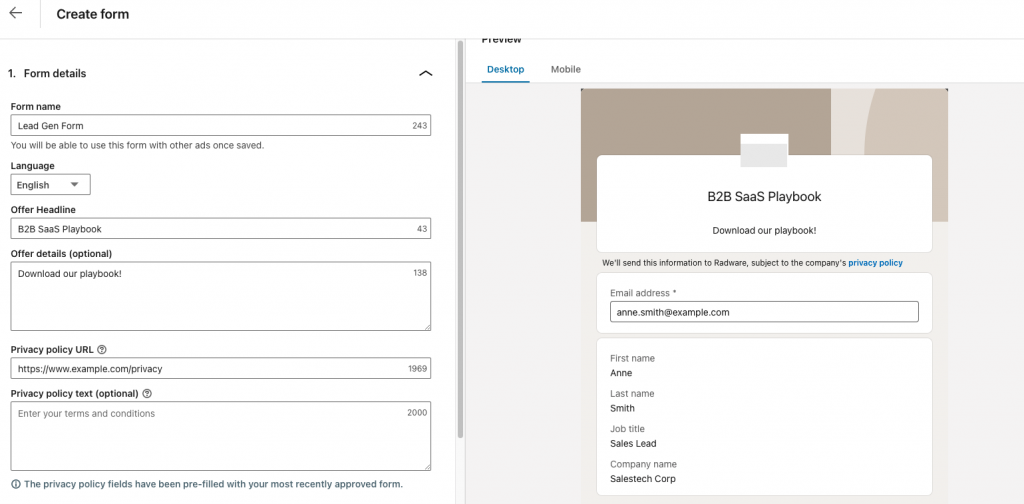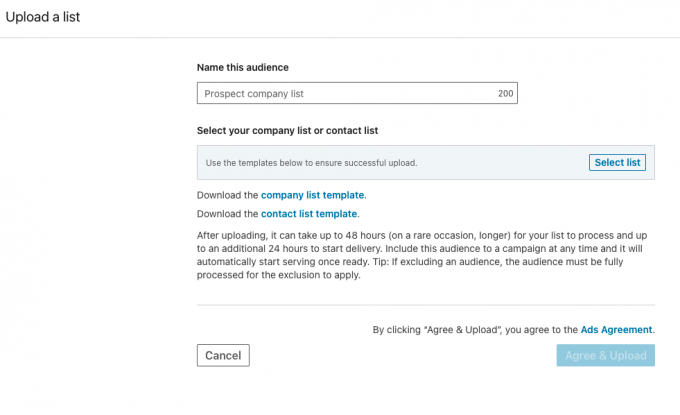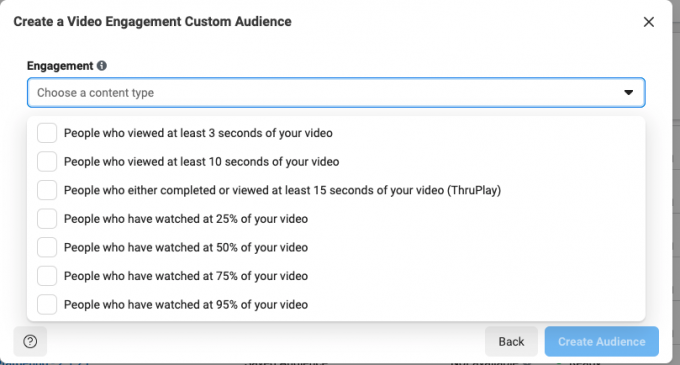6 PPC tactics to drive clicks & sales for SaaS companies

Reaching the right in-market buyers for SaaS products can be challenging. Learn 6 specific PPC platforms and ad formats that can help.
SaaS marketing often falls into niche categories where relevant keywords can be limited, and differentiating B2B from B2C intent can be a challenge.
However, there are several different ways to use PPC to reach potential customers and re-engage those who may be in a consideration phase.
In this article, you’ll learn six PPC tactics SaaS companies use to target the right people and keep their products top-of-mind.
1. Competitor Keyword Bidding
Sometimes, non-brand search keywords can be difficult to nail down for niche SaaS products.
Bidding on competitor names can be an effective tactic to target people who are in the market for your product, especially when first entering the foray of search.
You can latch onto familiarity with a larger competitor that may have more search volume than your own brand.
While you shouldn’t directly mention your competitor by name in an ad (for both trademark and ethical reasons), feel free to highlight differentiators for your brand. Research your competitors to keep tabs on areas where they may be weak and you are strong.
For instance, if a competitor has recently increased their pricing, current users and those in research mode may be more open to other options. You can capitalize on mentioning your more efficient pricing, if that is your brand’s selling point.
You may also discover that a competitor receives frequent complaints about their customer service. If your brand is known for positive customer service, highlight that aspect of your business in ads to stand in contrast against your competitor.
2. LinkedIn Lead Gen Forms
LinkedIn targeting often provides the most niche options to directly reach a B2B SaaS product’s audience. However, LinkedIn advertising also tends to be pricy.
Lead gen forms can help bring cost per acquisition down.

Lead gen forms allow a user to submit a form for an offer directly within the LinkedIn feed without leaving to go to a website.
The form will also auto-fill any information associated with the user’s account (such as name, email, job title, etc.). Leads can be synced directly to several major CRMs and automation platforms.
Lead gen forms reduce friction and often tend to convert at a higher rate and lower cost per acquisition than using a dedicated landing page.
According to LinkedIn, the average conversion rate on a lead gen form is 13% (compared to an estimated average of 2.35% for landing pages).
Generally, lead gen forms tend to work best to promote a gated asset toward a higher funnel or mid-funnel audience. You can then continue to follow up with the individuals who submit the form, using a marketing automation platform.
3. Cross-Channel Retargeting
Many SaaS businesses deal with trying to reach narrow audiences that may only have a few relevant targeting options on each platform. To maximize reach to the right individuals, retarget potential customers across channels.
For instance, you might be using LinkedIn to target people who have specific titles, are members of certain groups, or work for companies on an account list.
While LinkedIn might be the only place you can directly target via this criteria, if you can get people to your site for a higher funnel ask such as reading a piece of content or signing up for a webinar, you can then add them to an audience for retargeting.
Be sure to use proper UTM parameters to delineate the specific audiences you want to retarget.
You can then use a channel such as Google or Facebook to create a retargeting audience of people who visited URLs containing those parameters.
For instance, a LinkedIn ad URL for people who visited a webinar signup page from a campaign using account-based targeting might have the following parameters:
- utm_source = linkedin
- utm_medium = paidsocial
- utm_campaign = Webinar_AccountList4.
You can then create a retargeting audience that “contains” this string from the URL: utm_source=linkedin&utm_medium=paidsocial&utm_campaign=Webinar_AccountList

4. Prospect List Targeting
You may have a list of prospects who are being worked by sales, or people who have expressed initial interest in your brand by signing up for a webinar.
As long as these individuals have opted into receiving marketing communication, you can upload these lists to target them across ad platforms, or sync lists to automatically update, depending on your automation platform setup.
Most major ad platforms support some form of list targeting so you can reach people across Google, Microsoft Advertising, LinkedIn, Facebook, Quora, and others.
Here are a few suggestions for utilizing prospect lists in ad campaigns:
- Engage prospects with a different form of content. For instance, if someone initially signed up for a webinar, they may be interested in reading a Buyer’s Guide.
- Identify prospects who initially signed up but have dropped off the radar from communicating with sales. You can put an additional discount in front of them or perhaps a longer trial period than you normally offer to sweeten the deal.
- If you offer a free trial period, you can sync a list of people who are in a trial to show ads promoting the benefits of a paid subscription.
- Upload a customer list to exclude from targeting so you don’t waste your budget on current customers.
- Use a customer list to create a lookalike audience to target individuals with similar characteristics to current customers.
5. Account List Targeting
In addition to targeting specific individuals, you can also use ABM (account-based marketing) to reach select companies you’d like to target.
The advantage here is that you don’t need explicit opt-ins to upload a list. A sales team may have a list compiled of “dream” target accounts, or you may have access to a list of major companies within a particular industry.

Out of the major self-service ad platforms, LinkedIn is the primary route for uploading account lists.
In addition, you can also work with reps to sync account lists in native advertising platforms such as Taboola or Outbrain, and for larger buys, you can look into dedicated ABM platforms.
You can also overlay additional targeting onto the account lists to ensure you’re reaching the right decision-makers in the organization.
For example, you can overlay an IT job function and a job seniority of Director and up to put your ads in front of people likely to make IT buying decisions.
6. Video View Retargeting
Sometimes, SaaS products offer complex solutions that can’t be easily explained in a brief social post.
An explainer video can present the problem and how the product solves it, as well as establishing initial brand recognition for the product.

Even if a video doesn’t work for immediate conversion, you can run a video ad on Facebook, LinkedIn, or YouTube targeting a top-of-funnel audience and create an audience based on video viewers.
You can then retarget engaged viewers with an asset download or another CTA.
Conclusion
Reaching the right in-market buyers for a SaaS product can be challenging. But nailing down the right strategy through testing various platforms and ad formats can often be rewarding in the end.
Having the right tracking infrastructure in place to properly measure trial/demo registrations, upgrades, and recurring subscriptions is crucial to inform longer-term strategy as well, as you review what tactics are most likely to yield long-term customers.
So make sure you’re able to properly attribute what results you’re getting from each platform and campaign, and start testing some new tactics!
___
by Tim Jensen
source: SEJ

